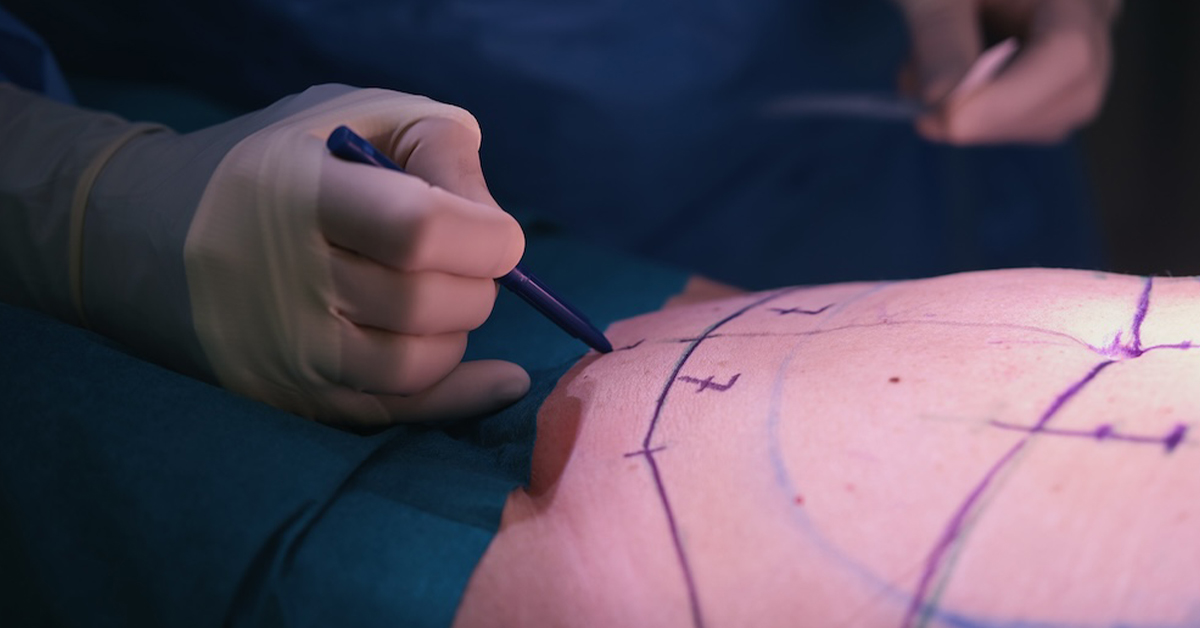Dog Ears After Tummy Tuck: How to Deal With Them
A Tummy tuck, also known as Abdominoplasty, is a surgical procedure that removes excess skin and fat from the abdomen area to create a flatter, smoother appearance. It is a popular choice for people who have lost a significant amount of weight, women who have given birth, or anyone who wants to improve the look of their midsection.
While a Tummy tuck can provide excellent results, it is important to understand the potential risks and complications associated with the procedure. One of the most common issues that patients experience after the surgery is Dog ears.
What Are Dog Ears After Tummy Tuck?
Dog ears are a common side effect of Tummy tuck surgery. They occur when excess skin is left at the ends of the incision line, creating a small fold of skin that resembles a dog ear. These folds can be particularly noticeable when the patient is standing or sitting, as they tend to bunch up and create a bulge.
Dog ears can be frustrating for patients who have just undergone a Tummy tuck, as they can detract from the overall appearance of the abdomen area. However, it is important to note that dog ears are not harmful or dangerous and can be treated effectively.
What Causes Dog Ears After Tummy Tuck?
There are several factors that can contribute to the development of dog ears after Tummy tuck surgery. These include:
1. Inadequate Skin Removal
One of the most common causes of dog ears is inadequate skin removal during the Tummy tuck procedure. If the surgeon does not remove enough skin from the abdomen area, excess tissue can bunch up and form folds at the ends of the incision lines.
2. Poor Incision Placement
Another contributing factor to the development of dog ears is poor incision placement. If the incision line is not positioned correctly, excess skin may be left at the ends, leading to the formation of dog ears.
3. Inadequate Tension on the Incision Line
Proper tension on the incision line is essential for a successful Tummy tuck surgery. If the tension is too loose, excess skin can bunch up and form dog ears. If the tension is too tight, the incision line may stretch and become more visible.
4. Improper Wound Closure
The way that the incision line is closed can also contribute to the formation of dog ears. If the wound is closed too tightly or not aligned correctly, excess skin may bunch up and create folds.
How to Prevent Dog Ears After Tummy Tuck
Preventing dog ears after Tummy tuck surgery begins with choosing an experienced and skilled surgeon. A qualified surgeon will understand the factors that contribute to the development of dog ears and take steps to minimize the risk.
During your consultation, your surgeon will examine your abdomen area and discuss your goals for the procedure. They may recommend different techniques or incision placements to reduce the risk of dog ears. Additionally, they may use techniques such as Liposuction or additional skin removal to ensure a smooth and even result.
Another important factor in preventing dog ears after Tummy tuck surgery is maintaining a healthy weight. Significant weight gain or loss after the surgery can affect the results and increase the risk of complications, including dog ears.
How to Treat Dog Ears After Tummy Tuck
If you do develop dog ears after Tummy tuck surgery, there are several treatment options available. Your surgeon may recommend one or a combination of the following:
1. Revision Surgery
Revision surgery is a common treatment for dog ears after Tummy tuck surgery. During the revision procedure, your surgeon will remove the excess skin and tissue that is causing the dog ears and reposition the incision line for a smoother result.
2. Liposuction
Liposuction can also be used to treat dog ears after Tummy tuck surgery. The procedure involves using a thin tube called a cannula to suction out excess fat and tissue, which can help to reduce the appearance of dog ears.
3. Steroid Injections
Steroid injections can be used to reduce inflammation and shrink the excess tissue that causes dog ears. This treatment is typically used in combination with revision surgery or Liposuction for the best results.
Conclusion
Dog ears after Tummy tuck surgery are a common side effect that can be frustrating for patients. However, with the help of an experienced and skilled surgeon, proper post-operative care, and effective treatment options, dog ears can be prevented or effectively treated.
If you are considering a Tummy tuck procedure, be sure to discuss the risk of dog ears with your surgeon and take steps to minimize your risk.
Tummy Tuck in Miami, FL
Tummy Tuck is a surgical procedure that can help you attain the body shape you desire. If you are interested in learning more, call us now at (305) 406-9055 or schedule a consultation online Now.







